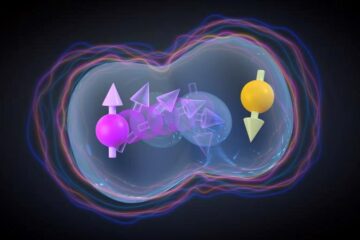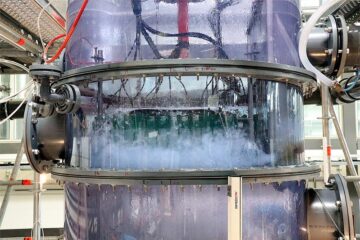KERatin – 3D skin model for autosomal recessive congenital ichthyosis (ARCI)

The pathophysiology of autosomal recessive congenital
ichthyosis (ARCI) is still large unknown. Treatment of this heterogeneous group of severe disorders is symptomatic and often insufficient. For pharmacological studies a patient independent model is needed, which mimics the barrier defect and hyperkeratosis typical to ARCI. Such skin model must develop and sustain a basal layer attached to the dermal layer and show a normal differentiation pattern. This invention discloses a 3D skin model for ARCI. To achieve close to physiological skin models cultivation conditions were modified. The model shows thin, normal stratum corneum, defined basal and granular layers and constant attachment to the normal layer. The expression of single genes involved in ARCI was knocked-down by transfection of keratinocytes with specific siRNA prior to 3D model generation. The resulting 3D skin models mimic congenital ichthyosis enabling pharmacological studies. Barrier defects, which are typical in ARCI, are modelled and have been characterised. This model can be used for testing of pharmaceuticals as well as of cosmetics. Commercial Opportunities We offer a patent license as well as a research collaboration with licensing option to innovative companies. Current status About the patent situation we would like to give the relevant information to you. Protocols for generation of 3D skin models as well as for knock-down of genes are available, samples can be provided.
Weitere Informationen: PDF
PROvendis GmbH
Tel.: +49 (0)208/94105 10
Ansprechpartner
Dipl.-Ing. Alfred Schillert
Media Contact
Alle Nachrichten aus der Kategorie: Technologieangebote
Neueste Beiträge

Experiment öffnet Tür für Millionen von Qubits auf einem Chip
Forschenden der Universität Basel und des NCCR SPIN ist es erstmals gelungen, eine kontrollierbare Wechselwirkung zwischen zwei Lochspin-Qubits in einem herkömmlichen Silizium-Transistor zu realisieren. Diese Entwicklung eröffnet die Möglichkeit, Millionen…

Stofftrennung trifft auf Energiewende
Trennkolonnen dienen der Separation von unterschiedlichsten Stoffgemischen in der chemischen Industrie. Die steigende Nutzung erneuerbarer Energiequellen bringt nun jedoch neue Anforderungen für einen flexibleren Betrieb mit sich. Im Projekt ColTray…

Kreuzfahrtschiff als Datensammler
Helmholtz-Innovationsplattform und HX Hurtigruten Expeditions erproben neue Wege in der Ozeanbeobachtung. Wissenschaftliche Forschung nicht nur von speziellen Forschungsschiffen aus zu betreiben, sondern auch von nicht-wissenschaftlichen Schiffen und marinen Infrastrukturen –…

















